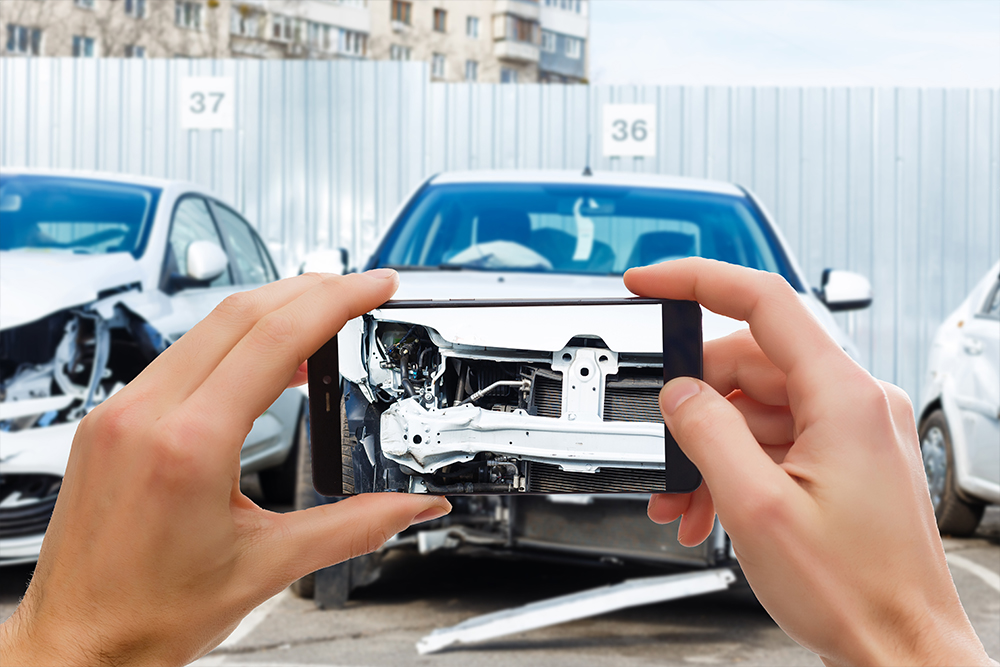
The Salvage Title Vehicle Rebuild Process: What You Need to Know?
Navigating the world of salvage title vehicles can be quite an adventure. Whether you’re a car enthusiast, a seasoned mechanic, or a thrifty consumer seeking a low-cost vehicle, understanding the process of rebuilding a salvage title vehicle is crucial. But, what exactly does a salvage title mean, and what does rebuilding one involve? In this blog post, we’ll dive into the nuances of the salvage title vehicle rebuild process, discussing cost, benefits, drawbacks, legal requirements, and valuable tips.
The Process of Rebuilding a Salvage Title Vehicle
Rebuilding a salvage vehicle involves more than just repairing the car’s damage. It requires sourcing parts, dealing with paperwork, and passing inspections. While the specifics can vary based on the extent of the damage and your location, here are the typical steps:
1. Purchase the salvage vehicle: You can find these at auctions or salvage yards.
2. Assess the damage: Get a professional mechanic to thoroughly inspect the vehicle to identify all the necessary repairs.
3. Repair the vehicle: This might involve sourcing parts and hiring professionals for specific tasks like bodywork, engine repair, or electrical work.
4. Inspect the vehicle: Most states require a state-approved inspector to verify that the vehicle is now roadworthy.
5. Apply for a rebuilt title: Once your vehicle has passed inspection, you can apply for a rebuilt title.
The Costs of Rebuilding
While salvage vehicles can be a bargain, it’s essential to factor in the rebuilding costs, which can include parts, labor, inspection fees, and title application fees. The cost can vary widely based on the vehicle’s make, model, extent of damage, and location.
The Pros and Cons of Rebuilding a Salvage Title Vehicle
There are several advantages to rebuilding a salvage title vehicle, including potential cost savings and the satisfaction of bringing a vehicle back to life. However, there are also downsides to consider, such as potential hidden damages, difficulties in obtaining insurance, and reduced resale value.
Legal Requirements and Inspections for a Rebuilt Title
Each state has its own requirements for converting a salvage title into a rebuilt one. Typically, it involves repairing the vehicle, passing an inspection, and filling out the necessary paperwork. It’s crucial to research the specific requirements in your state before embarking on a salvage vehicle rebuilding project.
Valuable Tips for Rebuilding a Salvage Vehicle
Rebuilding a salvage vehicle isn’t for everyone. It requires time, patience, mechanical knowledge, and a reasonable budget. Here are some tips if you’re considering this route:
1. Always get a professional inspection before purchasing a salvage vehicle.
2. Consider the availability and cost of necessary parts.
3. Factor in your time and effort when calculating the potential savings.
4. Know your state’s requirements for converting a salvage title into a rebuilt one.
5. Be prepared for potential insurance and resale challenges.
Rebuilding a salvage title vehicle can be a rewarding endeavor, particularly for those with a knack for car repairs. However, it’s not without its challenges. By understanding the process, costs, legal requirements, and potential pitfalls, you can make an informed decision about whether this path is right for you. Remember, preparation and knowledge are your best tools in the salvage title vehicle rebuild process.














